On April 10, in Son Kim 1 commune (Huong Son), the Center for Research on Highland Human Ecology (CHESH) organized a workshop on "The history of agriculture in the world from the green revolution (1960) to the process of transformation of the natural ecosystem of forests - fields - rice fields in Vietnam and countries in the Mekong River basin".
The conference was attended by Dr. Keith Barber - social anthropologist, Waikato University, Hamilton, New Zealand and independent consultants on cadastral, mapping technology and digitization in the application of formulas for calculating wood and carbon reserves of natural forest biomass pools on the surface of the tropical rainforests of the Central Highlands and North Central; leaders of the Department of Agriculture and Environment, Huong Son district.
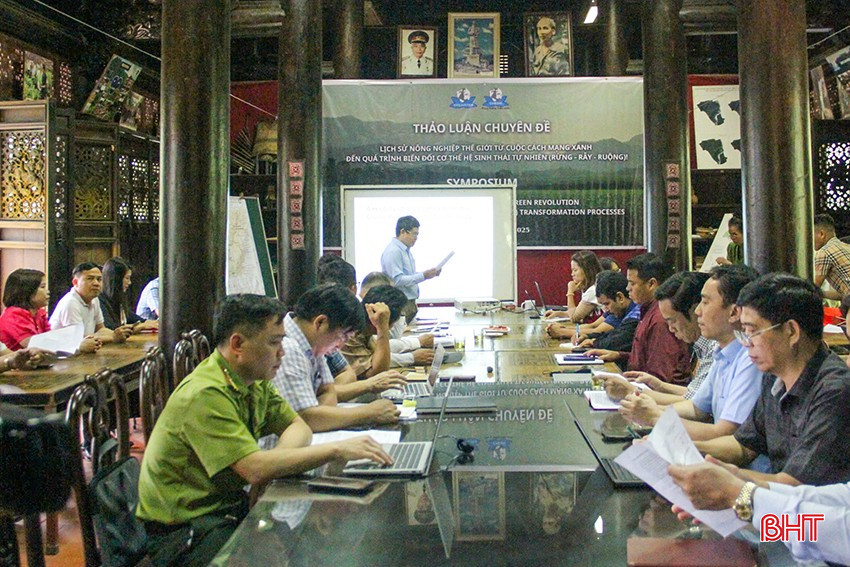
The topic "History of agriculture in the world from the green revolution (1960) to the process of transformation of the natural ecosystem of forests - fields - fields" introduces the agricultural forms that humans have experienced from the 1960s to the present.
The Green Revolution (1960) marked a major turning point in global agricultural development. This was the period of applying new technologies such as high-yield crop varieties, chemical fertilizers and modern irrigation methods to increase agricultural production. This revolution had enormous ecological and social impacts on mankind.
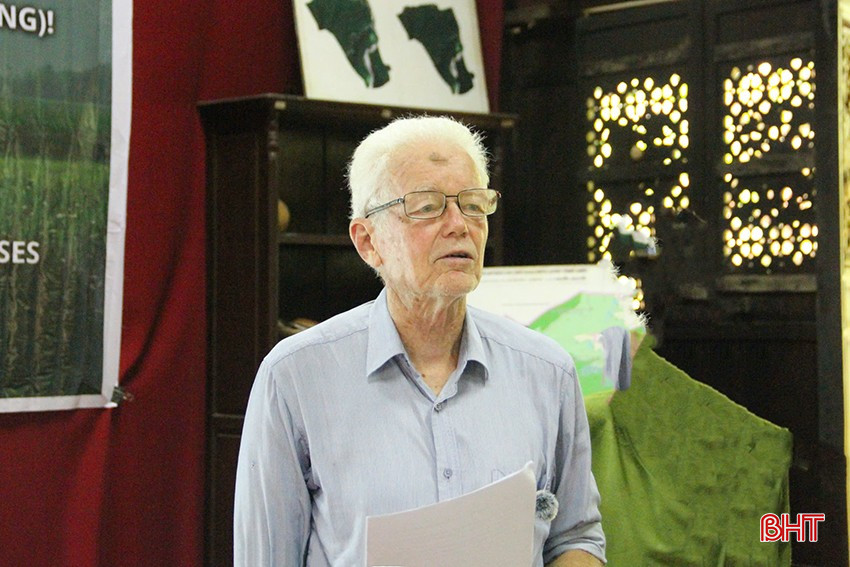
In Vietnam, agricultural production in the 70s and 80s of the 20th century was also influenced by the Green Revolution. Accordingly, the Green Revolution was the transfer of agricultural technology, affecting productivity and food security, and at the same time transforming the natural ecosystem in Vietnam, especially through the application of new technology to traditional farming practices. The transition from the forest-swidden-field model to a large-scale agricultural production system changed the biological and ecological structure.
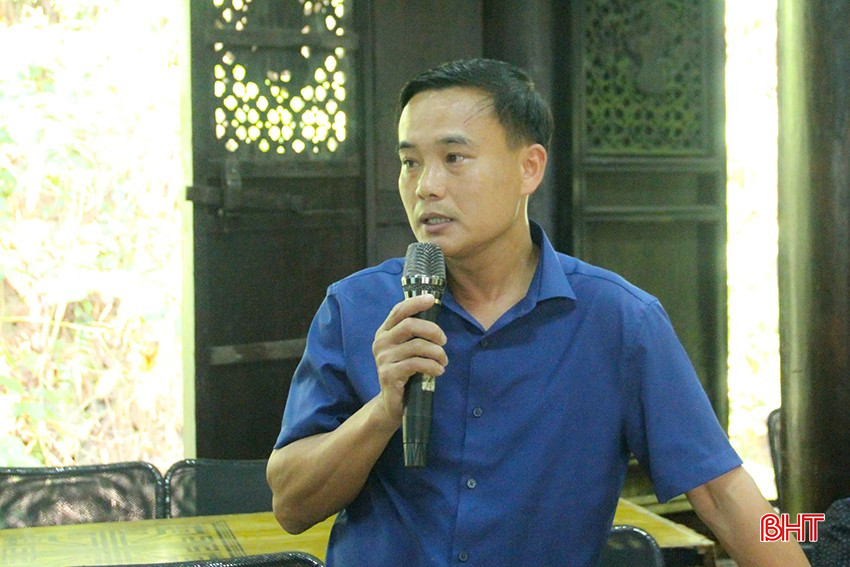
At the conference, delegates listened to presentations on the history of world agriculture, from chemical agriculture - industrial agriculture, organic agriculture to ecological agriculture; "application of GPS/GIS technology and formulas for calculating carbon reserves in biomass on the land surface" converted into equivalent carbon credits on the area of tropical rainforest in the North Central region, the upper basin of Ngan Pho river (Huong Son, Ha Tinh ).
At the same time, delegates were also informed about the issue of ecological agriculture - a type of land use planning in the upper Mekong River basin, aiming at livelihood security and soil health restoration.
From there, it provides an overview of the world from 1960 to present, along with the ups and downs and challenges of farmers on the development journey with agriculture at the center.
Conference participants all agreed that the implementation of new agricultural methods in the context of ecosystem change needs to be carefully considered to ensure the sustainability of the entire forest, swidden and rice field system in Vietnam. It is necessary to combine modern agricultural development with environmental protection to maintain natural resources as well as survival, towards traceability of each product and the social, economic and environmental impacts on the health of the farming community.
Source: https://baohatinh.vn/hoi-thao-ve-bien-doi-he-sinh-thai-tu-nhien-rung-ray-ruong-o-viet-nam-post285731.html



![[Photo] Top players gather at the 2025 Nhan Dan Newspaper National Table Tennis Championship](https://vphoto.vietnam.vn/thumb/1200x675/vietnam/resource/IMAGE/2025/5/23/9ad5f6f4faf146b08335e5c446edb107)




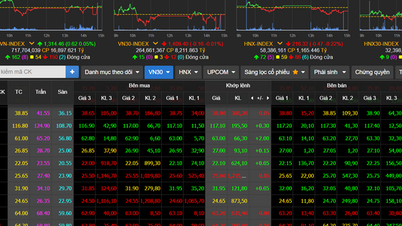

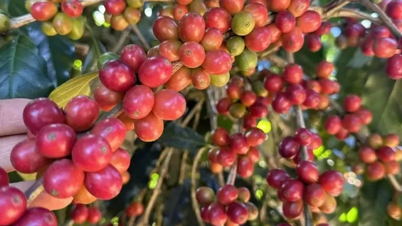

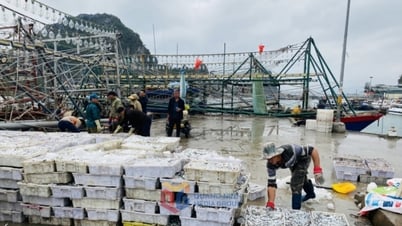
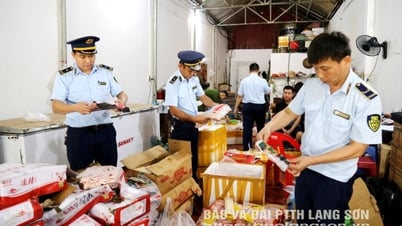

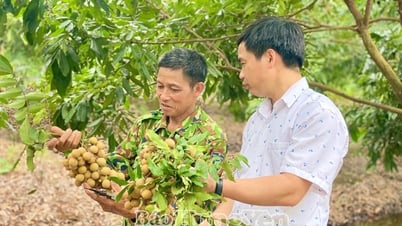

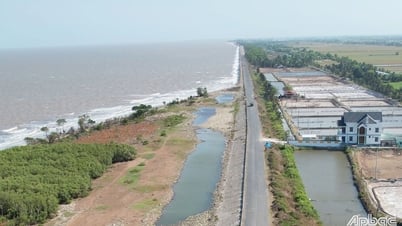





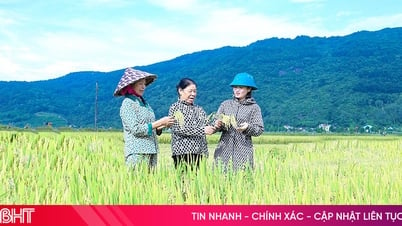



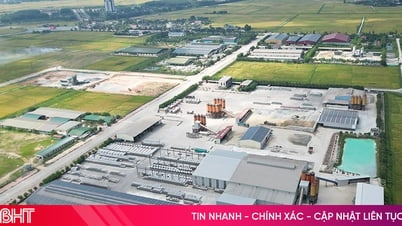











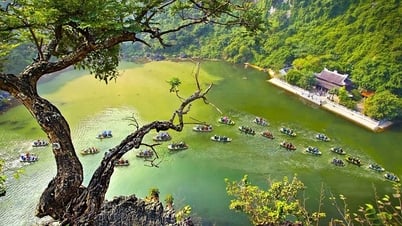











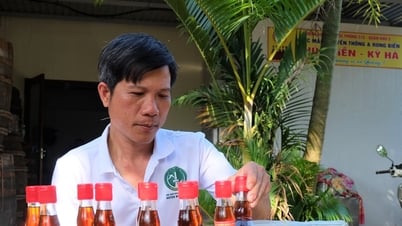























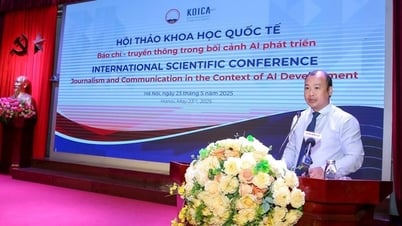
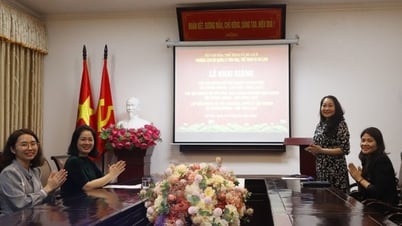


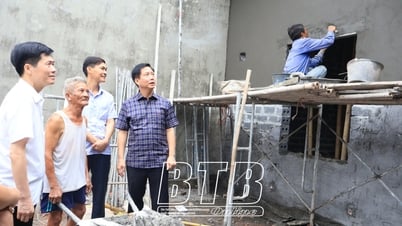

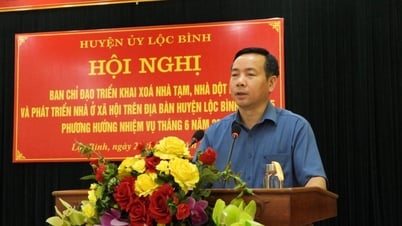

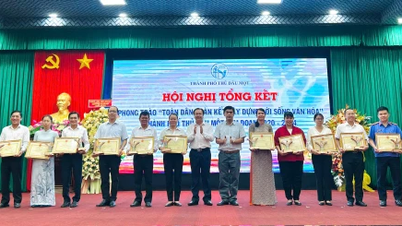

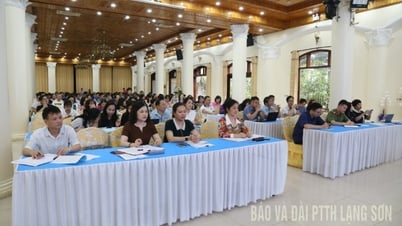











Comment (0)